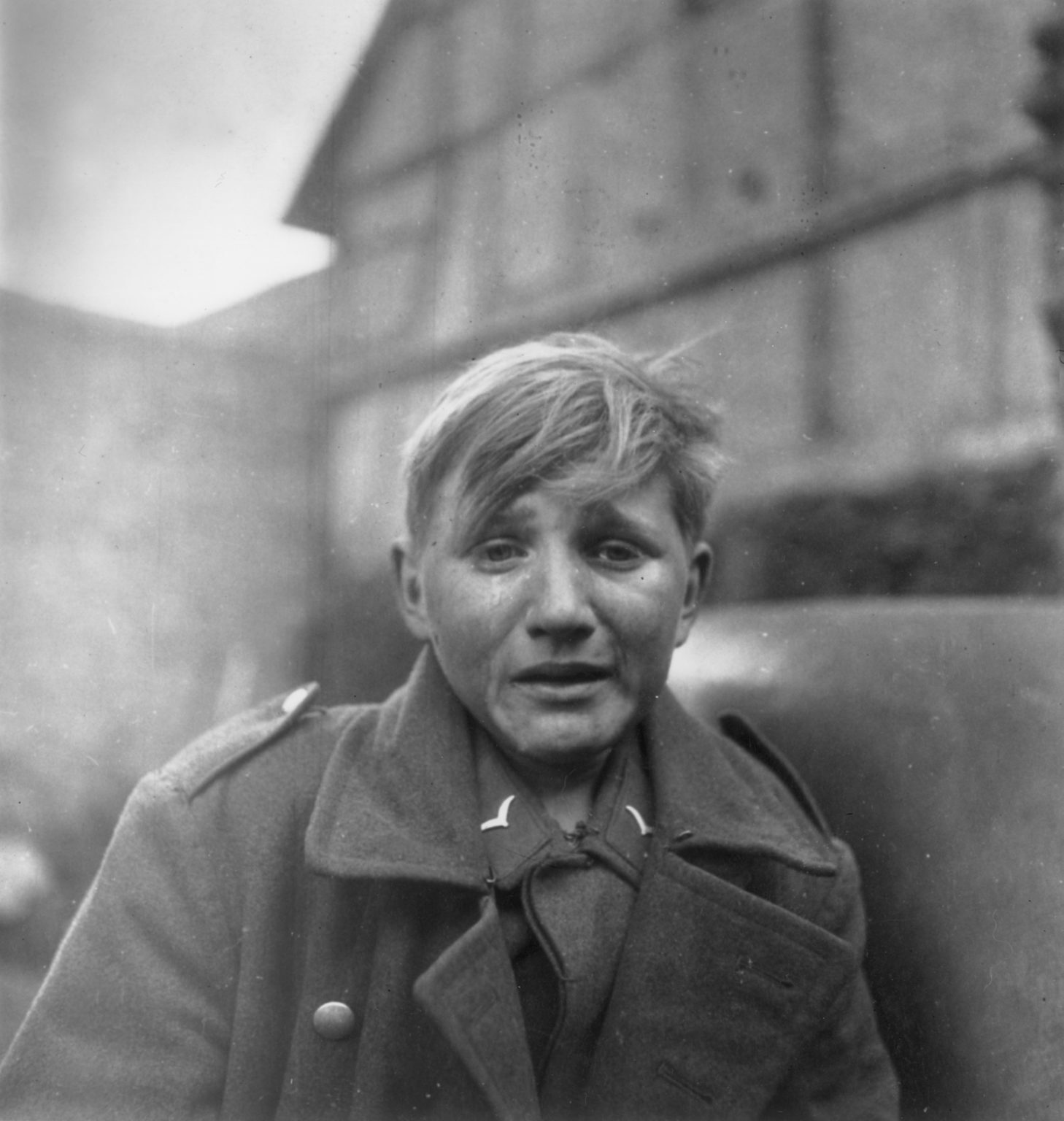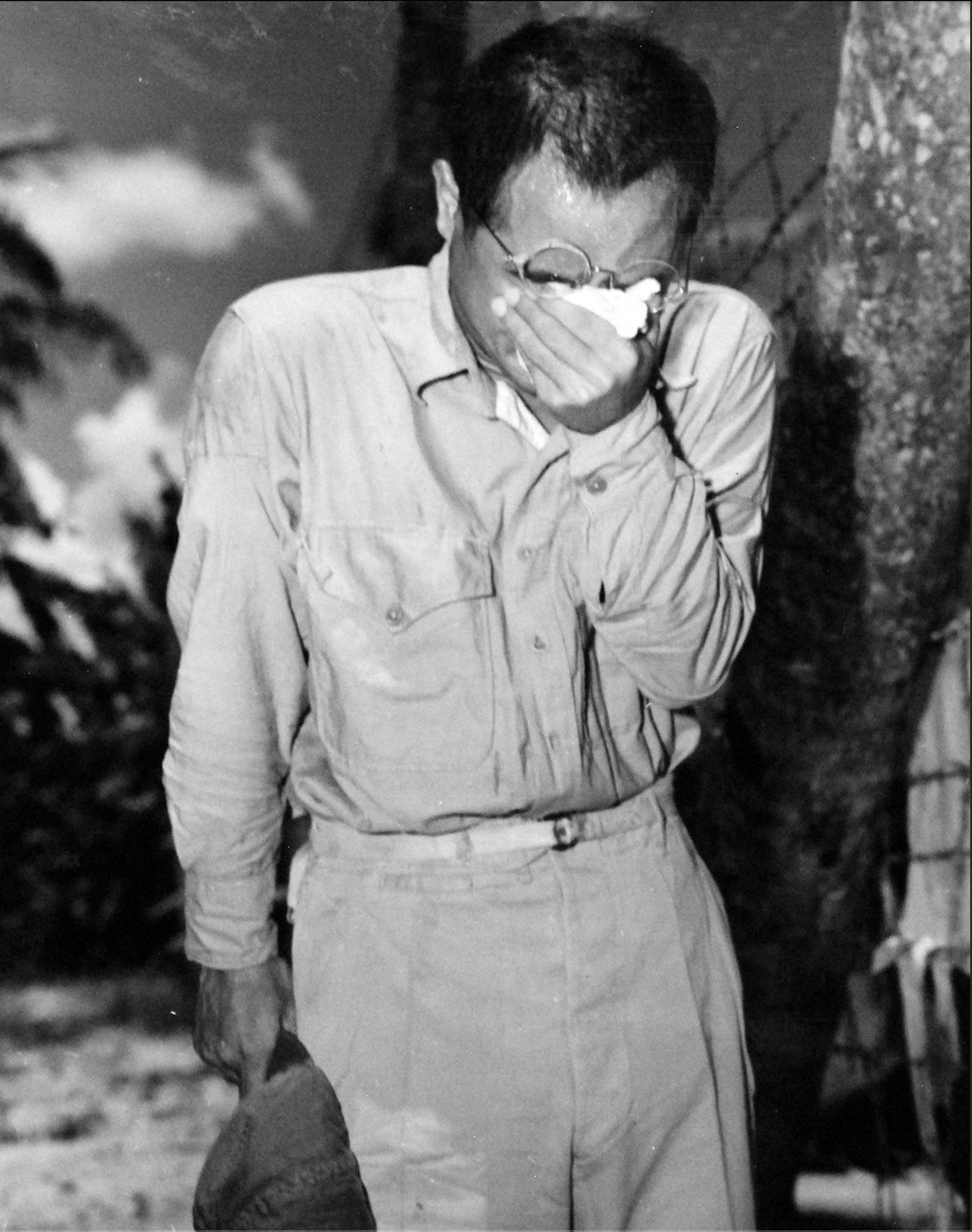The Unseen War of WWII
Author's Statement
The importance of mental health was not quite talked about during World War II, especially to the soldiers who were on the front lines. During World War II, the mental health of soldiers was written off as nothing more than "Battle Fatigue" or "Combat Exhaustion." Post Traumatic Stress Disorder (PTSD) wasn't considered a mental health disorder until 1980. Therefore, how were those on the front lines of battle handling their trauma when being told something else? The goal of this section is to highlight the prevalence of PTSD during WWII despite the lack of acknowledgment that it is still present today. Specifically, I want to highlight soldiers who struggled with PTSD—those who have been misunderstood about their experiences. Furthermore, I want to include all battle perspectives of the war, not just the American perspective. Acknowledging the importance of this topic will inform individuals about an aspect of World War II that had previously been suppressed.
Exploring the Mental Aspect of Soldiers during World War II
World War II was the deadliest and most destructive war in history. Cities and towns were decimated, and millions of people were killed all across the world. However, one of the greatest destructions was one that wasn't easily seen—the minds of those who fought during the war. Post Traumatic Stress Disorder (PTSD) wasn't a diagnosable disorder until 1980. During wartime, what we now know as PTSD was called "Battle Fatigue" or "Combat Exhaustion." Psychiatrists classified it as a condition and nothing more. However, many of those who experienced the symptoms of combat exhaustion were affected more than what it was made out to be.
An estimated 60-80 million people had died in World War II. Unfortunately, most of them were civilians. It is estimated that 15 million soldiers from all sides of the war died in battle. A combined total of 25 million more were wounded. Alarmingly, 40% of all medical discharges in the United States were classified as some sort of psychiatric condition. The majority of these cases were due to the symptoms of combat exhaustion (PTSD). This shows the severity of and clear prevalence of PTSD during World War II.
Soldiers who fought on the front lines of battle during World War II endured a lot of physical and emotional trauma. This is seen in first-hand accounts from veterans who were fighting these battles. This led to uncertainty about the history of this war, as many of the veterans chose not to speak about their experiences because it was too traumatic. I had three relatives who fought during World War II. Two of their names were Eddie and David Guzman, my grandma's uncles. The third was my great-grandpa Paul Schreiber, who was a chauffeur for General MacArthur.
Eddie and David fought on Omaha Beach during the D-Day invasions. The Omaha Beach sector saw the worst of any beach on D-Day. It saw over 2,000 men dead, with the casualty rate reaching up to 66% just after the first 15 minutes of battle. Eddie and David almost never spoke about their experiences, but when they did, they described horrific events. My father recalls a time when they briefly compared their D-Day experiences to Steven Spielberg's Saving Private Ryan. They had said the movie's opening scene was the closest depiction of what had happened on the beach that day. However, they stated that their experience was far worse than what the movie presented.
Many of those who fought during the war suffered so much trauma they had to resort to unhealthy coping methods after their service. These methods of coping sometimes didn't work and led many veterans to commit suicide. In 1944-45, the suicide rate for soldiers and veterans of World War II was about 5 in every 100,000 people. This number would increase over the years. Furthermore, the prevalence of alcohol abuse was apparent. According to a study from the National Institute of Health, 53% of veterans of World War II committed some act of alcohol abuse in their lifetime. They stated, "There was no correlation between alcohol abuse and any other psychiatric diagnosis. There was a significant correlation between the severity of combat stress and subsequent alcohol abuse." This explains the more trauma someone experienced during the war, the more likely they were to have a more severe abuse with alcoholism.

